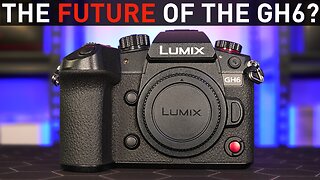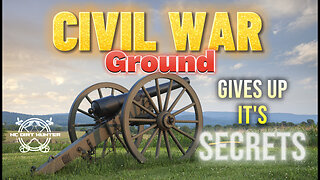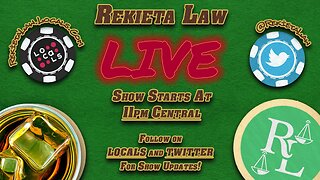Chemical Reactions
For Employees of hospitals, schools, universities and libraries: download up to 8 FREE medical animations from Nucleus by signing up for a free trial at: http://nmal.nucleusmedicalmedia.com/biology_youtube
#ChemicalReactions #ChemicalBonds #ChemicalEquation
SCIENCE ANIMATION TRANSCRIPT: What are chemical reactions? A chemical reaction is a process in which substances interact to form different substances by breaking, forming, or rearranging their chemical bonds. Substances that take part in a chemical reaction may be ionic or covalent compounds, as well as the atoms, ions, or molecules of some elements. Let's look at an example of a chemical reaction. Photosynthesis is a chemical reaction in which plants make food by using the sun's energy to combine carbon dioxide from the air and water from the soil into a sugar called glucose and oxygen. In this reaction, carbon dioxide and water are called reactants, because they're the substances changing by combining or reacting together. Glucose and oxygen are called products because they're the new substances produced by the reaction. Scientists write a chemical reaction in the form of a chemical equation. A chemical equation includes the reactants' chemical formulas on the left and the products' chemical formulas on the right. Notice that the reactants and the products are built from the same elements, carbon, oxygen, and hydrogen. Products must contain the same amount and type of elements that were in the reactants, and products never contain different elements than the reactants. In this reaction, the chemical formulas for the reactants are CO2 for carbon dioxide, and H2O for water. The chemical formulas for the products are C6H12O6 for glucose, and O2 for oxygen. We are not done yet because the equation is not balanced. This is necessary due to the law of conservation of matter, it states that matter can't be created or destroyed, but can only change forms. So to balance the equation, we have to make sure that the number of atoms of each element in the reactants is equal to those in the products, this is because a chemical reaction must abide by the law of conservation of matter, no atoms are created or destroyed. Here's the balanced version of this equation. It shows six molecules of carbon dioxide reacting with six molecules of water to produce one molecule of glucose and six molecules of oxygen. The numbers in front of the formulas are called coefficients. They indicate the number of molecules of each reactant and product. If there's no coefficient, it's understood to mean one molecule of that substance. To review, in a chemical reaction chemical bonds in reacting substances are broken then reformed to make different substances. The reacting substances are called reactants. The substances produced are called products. A chemical equation is a written expression of a chemical reaction, it includes the chemical formulas of both the reactants and the products. In a balanced chemical equation, the number of atoms of each element in the reactants equals those in the products. [music]
NSV16026
-
 7:28
7:28
Chrissy Clark
12 hours agoWhy Gen Z HATES Dave Ramsey
5218 -
 8:54
8:54
MichaelBisping
10 hours agoBISPING: How does USYK Defeat FURY? | Tyson Fury vs Oleksandr Usyk BREAKDOWN
119 -
 15:28
15:28
Morgonn
12 hours agoHarrison Butker is RIGHT! Bring Back MASCULINE Men! The Charlie Kirk Show
1262 -
 4:41
4:41
Bear Creek Arsenal
14 hours agoAnswering Your Questions About the BCA Grizzly Handgun
1791 -
 8:49
8:49
JoBlo Originals
13 hours agoWhat Exactly Is WOKE CINEMA?! (And Why People Hate It)
9.38K29 -
 23:12
23:12
Cody and Kellie
13 hours agoEscaping Winter in our Truck Camper in the Low Desert
18.3K19 -
 9:39
9:39
GeekyNerdyTechy
21 hours agoPanasonic LUMIX GH6 - Abandoned?
22.9K4 -
 16:12
16:12
NC Dirt Hunter
12 hours agoCivil War ground gives up its secrets! Metal Detecting with the Minelab Manticore
26.9K -
 1:04:53
1:04:53
ReasonTV
20 hours agoPhil Magness: Who Really Pays The Most Taxes?
31K15 -
 3:22:59
3:22:59
Rekieta Law
8 hours agoDaniel Perry Pardoned, Cohen Pressed, NFL Shaken, Clarence Thomas Grilled, ADL Most Affected
30.2K10